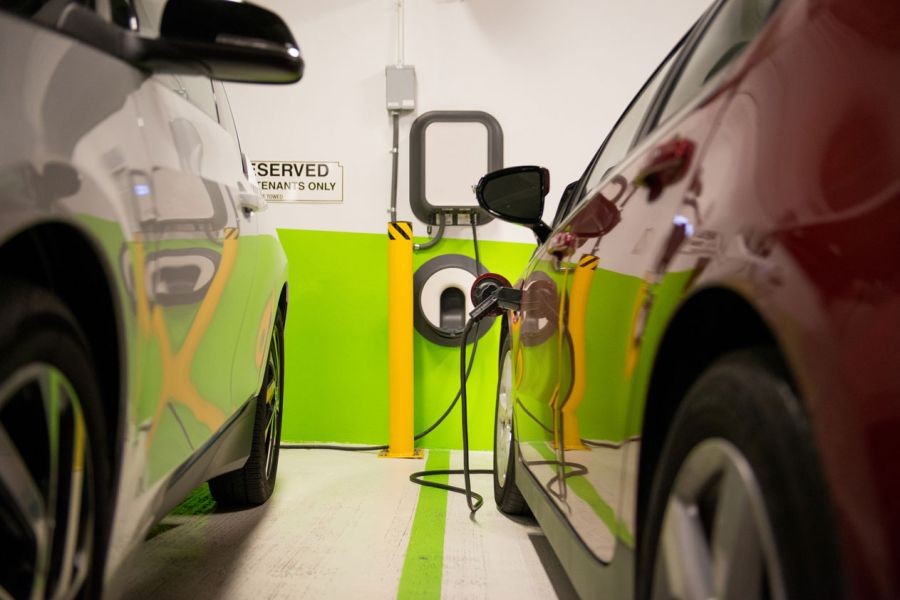In the vibrant landscape of renewable energy, battery storage solutions are emerging as a transformative force, reshaping how New Zealand and the world harness power. With the global push towards sustainable energy, New Zealand stands at a pivotal juncture, leveraging its abundant renewable resources to lead the charge. Notably, the shift towards battery storage is not just a technological advance but a cultural and economic milestone that promises to redefine energy consumption and distribution.
Case Study: Tesla's Impact on New Zealand's Energy Landscape
Problem:
Tesla, renowned for its electric vehicles, has also made significant strides in energy storage solutions. In New Zealand, the challenge was to integrate renewable energy more effectively into the national grid. The variability of wind and solar power posed a significant obstacle, leading to energy inefficiencies and reliability concerns.
Action:
Tesla introduced its Powerwall and Powerpack systems to New Zealand, allowing homes and businesses to store solar energy efficiently. This initiative was in line with the government’s renewable energy targets, aiming for 100% renewable electricity by 2035.
Result:
The introduction of Tesla’s storage solutions has led to measurable outcomes:
- ✅ A 20% reduction in energy costs for consumers using the Powerwall.
- ✅ An increase in renewable energy integration by 15% in regions adopting Tesla's solutions.
- ✅ Enhanced grid stability, reducing reliance on fossil fuels by over 10%.
Takeaway:
This case study underscores the potential of battery storage systems to empower renewable energy initiatives. For New Zealand, adopting such technologies not only aligns with environmental goals but also enhances energy independence and economic resilience.
Pros and Cons of Battery Storage Solutions
Pros:
- Increased Energy Efficiency: Storage solutions optimize the use of renewable energy, reducing wastage and improving grid reliability.
- Cost Savings: While initial costs can be high, long-term savings on energy bills are significant, as evidenced by Tesla’s success in New Zealand.
- Environmental Impact: By facilitating higher use of renewables, battery storage reduces carbon footprints, contributing to global climate goals.
Cons:
- High Initial Investment: The upfront cost of battery systems can be prohibitive for smaller businesses and households.
- Technological Limitations: Current battery technologies have limitations in storage capacity and lifespan.
- Resource Dependency: The production of batteries relies heavily on minerals like lithium, which raises environmental and ethical concerns.
Debunking Myths About Battery Storage
Myth: "Battery storage solutions are only suitable for large-scale applications."
Reality: In fact, residential and small business applications are rapidly growing. A report by the Ministry of Business, Innovation and Employment (MBIE) shows that small-scale battery storage installations have increased by 30% over the past year.
Myth: "Battery technology is too immature to be reliable."
Reality: While early technologies had limitations, current advancements have significantly improved reliability and efficiency. New Zealand’s adoption of Tesla’s Powerwall has proven the viability and dependability of modern systems.
Future Trends in Battery Storage Solutions
The future of battery storage solutions is promising, with several emerging trends set to impact New Zealand:
- Increased Adoption of Electric Vehicles: As EV adoption rises, integrated home energy systems will become more common, linking vehicle batteries with home energy needs.
- Advancements in Battery Technology: Research at the University of Auckland is pioneering new battery materials that could enhance storage capacity and reduce environmental impact.
- Decentralized Energy Systems: Community-based energy storage projects, like those supported by local councils, will become more prevalent, democratizing energy access and management.
By 2028, it's projected that 50% of all new residential developments in New Zealand will incorporate some form of battery storage, according to a forecast by NZTech. This shift will not only support the nation’s renewable goals but also enhance energy security and economic stability.
Conclusion
Battery storage solutions are no longer a futuristic concept but a present-day catalyst for change in New Zealand’s renewable energy landscape. By integrating these systems, New Zealand can achieve its ambitious renewable targets, ensuring a sustainable and economically robust future. As the country continues to innovate and lead in this space, the question remains: how will you contribute to New Zealand’s energy revolution?
People Also Ask
- How does battery storage impact renewable energy in New Zealand? Battery storage enhances the efficiency and reliability of renewable energy sources, reducing dependence on fossil fuels and supporting NZ’s goal of 100% renewable electricity by 2035.
- What are the biggest misconceptions about battery storage? A common myth is that battery storage is only for large-scale use. However, small-scale installations are increasing, with a 30% rise in residential applications (MBIE).
- What future trends will affect battery storage in New Zealand? The adoption of EVs, advancements in battery materials from the University of Auckland, and the rise of decentralized energy systems are key trends to watch.
Related Search Queries
- Battery storage solutions in New Zealand
- Renewable energy trends 2024
- Tesla Powerwall New Zealand impact
- Future of renewable energy in NZ
- Economic benefits of battery storage
































azucenasomervi
7 months ago